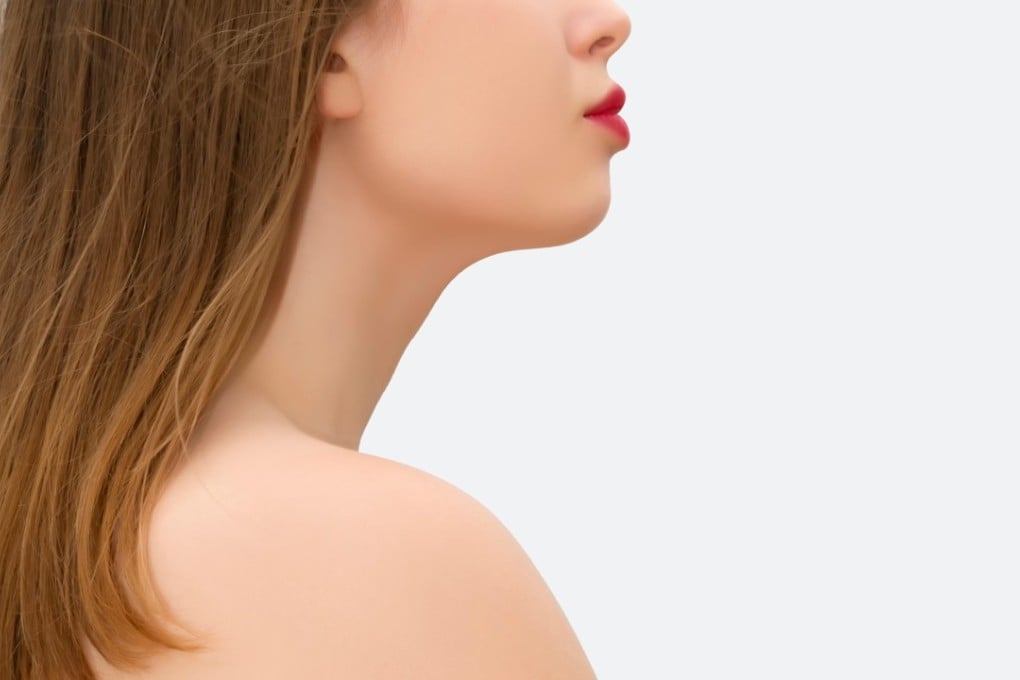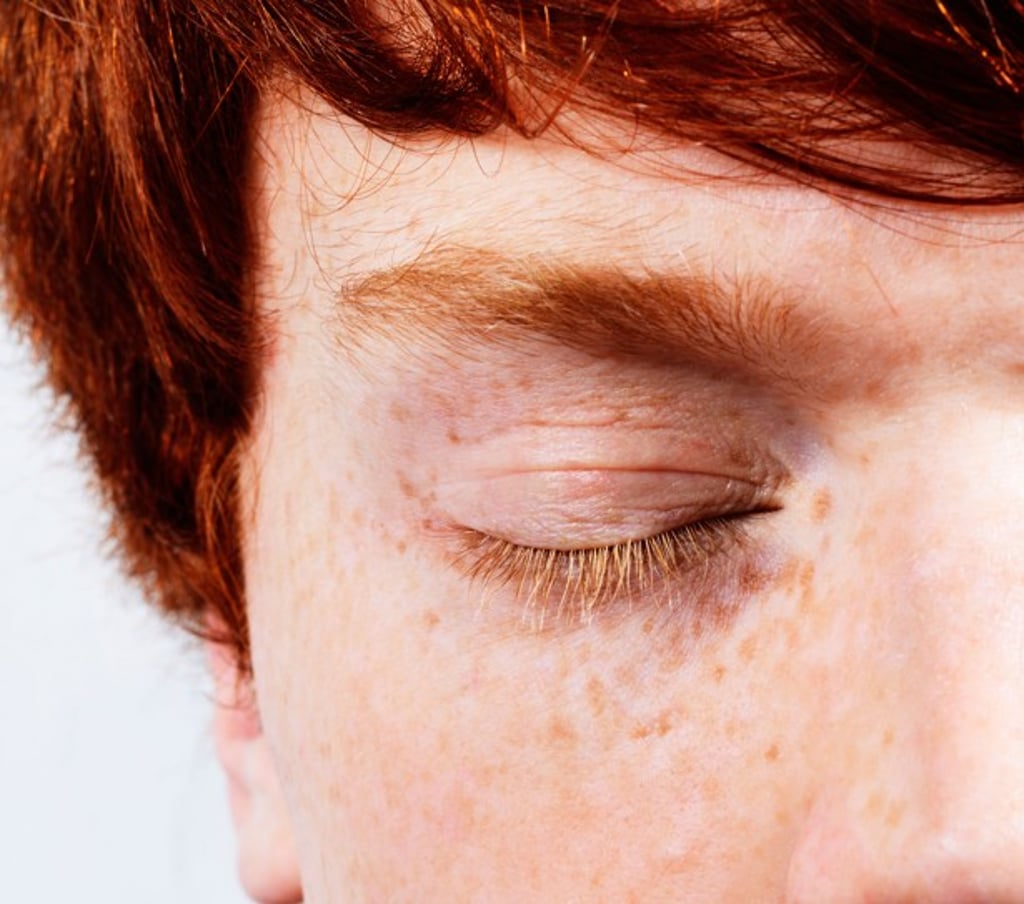Ageing, sweating, acne, cancer: all you need to know about the skin, including how to protect it
- The body’s largest organ, our skin is a shield that is vital to our health
- Sleep, hydration and minimal sun exposure are all important to keep it in the best shape

The skin is our largest organ. It covers almost the entire body, has a total area of around two square metres (22 square feet) and accounts for about 15 per cent of our body weight. It works not only as a shield – protecting our insides from the outside – but also regulates body temperature and eliminates toxins and waste materials through perspiration.
What else do we know about this phenomenal organ? Let’s flesh it out.
The skin has three layers. The top layer is the waterproof epidermis; the middle layer is the dermis, comprised of connective tissue, hair follicles and sweat glands; and the bottom subcutis layer is made up of fat and large blood vessels. This bottom layer is attached to muscles.
Our skin is made up of about 300 million skin cells. Melanocyte cells in the epidermis produce a pigmented protein called melanin which determines a person’s skin colour. Every person has the same quantity of melanocytes, but it is the cells’ activity which affects the colour of one’s skin – and eyes.

There are two types of melanin: pheomelanin causes a yellow to red colour in skin, and eumelanin causes a dark brown to black colour. Skin colour is not, however, set from the day we are born; it can take up to six months to develop our permanent skin tone. Albinism – an absence of pigment in the skin, hair and eyes – is caused by a lack of melanocytes and affects one in 110,000 people.